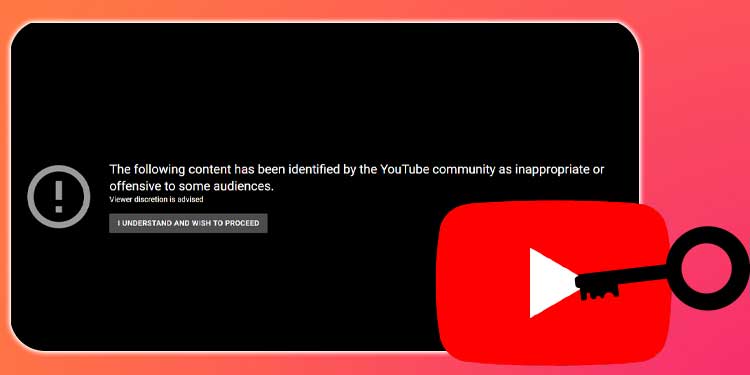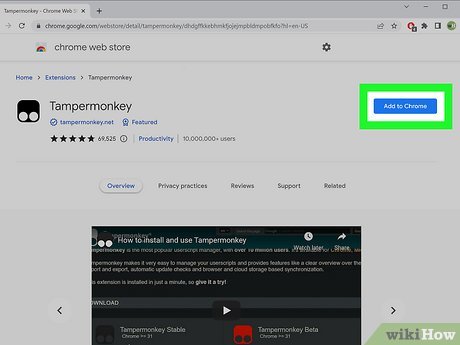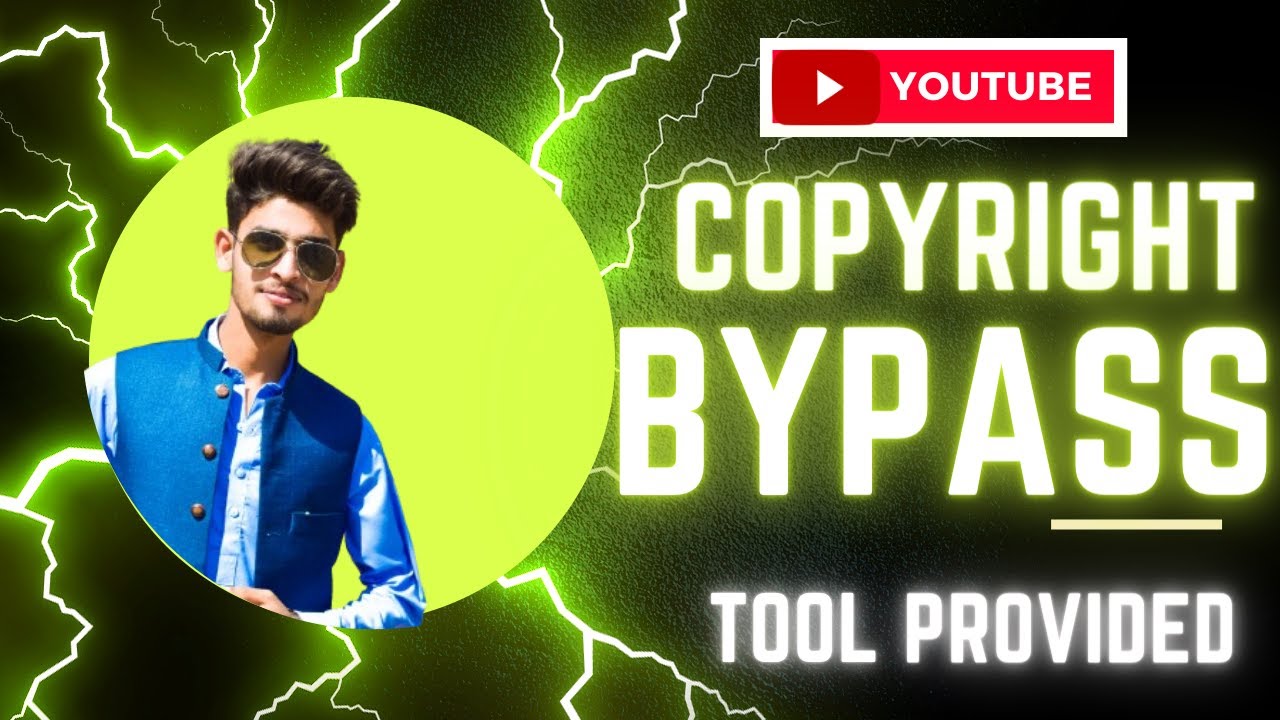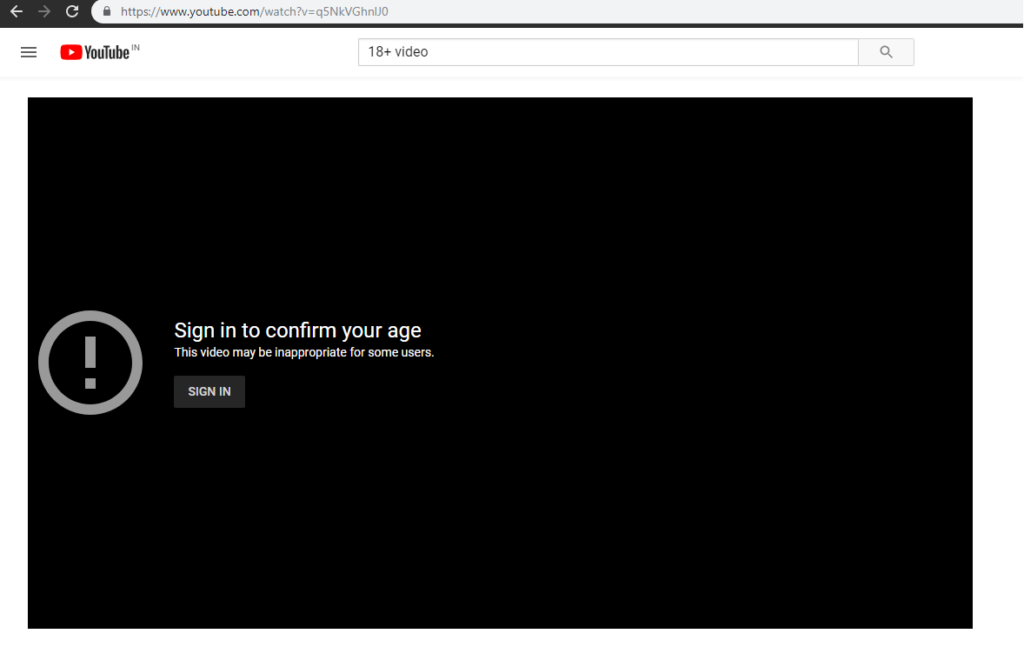YouTube is a fantastic platform for creators to share their content, connect with audiences, and even monetize their work. However, navigating copyright restrictions can sometimes feel like trying to dance in a minefield. Understanding how to work within these constraints while still expressing your creativity is crucial. In this blog post, we’ll explore what you need to know about YouTube copyright policies and some strategies creators use to bypass restrictions while staying on the right side of the law. Let’s dive in!
Understanding YouTube Copyright Policies

YouTube’s copyright policies are primarily designed to protect the intellectual property rights of creators. The platform employs automated systems, like Content ID, to detect copyrighted material in uploaded videos. Here are some of the key components to grasp:
- Copyright Basics: Copyright law gives creators exclusive rights to their original works. This includes music, videos, images, and even scripts. If you use someone else's content without permission, you're violating these rights.
- Content ID: This is YouTube's automated copyright management tool. It scans uploaded videos to check for matches against a database of copyrighted content. If a match is found, the rights holder can choose to block the video, monetize it, or track its viewership data.
- Fair Use Doctrine: This legal concept allows for limited use of copyrighted material without permission, typically for purposes like critique, commentary, or education. However, fair use can be subjective and often requires a risk assessment.
- Monetization Restrictions: Even if you use copyrighted material, you might still be able to monetize your video, but only if you have the proper licenses or permissions from the rights holders.
- Strikes and Takedowns: If copyright infringement is identified, creators receive strikes against their channel. Accumulating multiple strikes can lead to penalties, including channel termination.
In summary, understanding these policies is critical for any YouTube creator. By familiarizing yourself with these aspects, you'll be better prepared to create content that not only resonates but also adheres to copyright laws. Instead of feeling stifled by restrictions, you can navigate the complex landscape with informed strategies.
Also Read This: Creating a Unique Avatar for Your Dailymotion Profile
Common Copyright Issues Faced by Creators

Creating content on platforms like YouTube is often thrilling, but it also comes with its share of challenges, particularly when it comes to copyright. Here are some of the most common copyright issues faced by creators:
- Content ID Claims: YouTube utilizes an automated system called Content ID that scans uploaded videos for copyrighted material. If it detects anything, it can flag your video, potentially leading to monetization issues or even removal.
- DMCA Takedown Notices: Copyright owners can file Digital Millennium Copyright Act (DMCA) notices against your videos if they believe their work has been used without permission. This can result in video removal and strikes against your channel.
- Monetization Restrictions: Even if your video remains live, it might not be eligible for monetization if it contains copyrighted material. This means you're missing out on potential income.
- Recurring Themes with Music: Music is one of the biggest culprits for copyright issues. Many creators find their videos muted or blocked due to the use of popular songs without the proper licenses.
- Confusion Over Fair Use: Many creators believe their use of copyrighted content falls under fair use, but this is a complex legal area. Misunderstanding fair use can lead to unexpected copyright claims.
Being aware of these issues can help you navigate the often-treacherous waters of copyright on YouTube. It's essential to educate yourself and stay informed to protect your channel and your hard work.
Also Read This: How to Identify a High-Resolution Image
Methods to Bypass Copyright Restrictions

Now that we’ve covered the common copyright issues, let’s delve into some effective methods to bypass copyright restrictions on YouTube. Just remember, these methods should be employed ethically and within legal boundaries:
- Use Creative Commons Licenses: Look for content licensed under Creative Commons. This allows you to use works freely under certain conditions, often with attribution to the original creator.
- Create Original Content: The best way to avoid copyright issues is to create your own original material. This includes music, video clips, and graphics.
- Use Royalty-Free Music: Platforms like Epidemic Sound or Artlist offer music that you can legally use without the hassle of copyright issues. Just make sure you follow their usage guidelines.
- Transformative Use for Fair Use: If you’re creating commentary, education, or parody, your use of copyrighted material might be considered transformative. However, ensure that what you create genuinely transforms the original work.
- Purchase Licenses: For higher quality media, consider purchasing licenses for specific video or music content. This provides legal permission to use the material in your videos.
By employing these methods, you can significantly reduce the risk of encountering copyright issues and focus more on creating great content. Just remember, while it's tempting to sidestep restrictions, respecting copyright laws is ultimately the best route for a sustainable YouTube channel.
Also Read This: How to Create Beautiful Ribbon Embroidery with Creative Techniques
5. Tools and Resources for Creators

When you're navigating the vast ocean of YouTube, having the right tools can make all the difference in ensuring your content stays above board with copyright laws. Here are some handy resources that can help you manage and create content without stepping on legal toes:
- YouTube's Audio Library: This is a treasure trove of royalty-free music and sound effects that you can use in your videos. Make sure to check the licensing agreements for each track to avoid any sneaky surprises!
- Creative Commons Search: This tool allows you to find content, images, and music that can be reused with certain conditions. Always read the specific license type before using!
- Canva: Need a thumbnail that pops? Canva offers a free design platform where you can create visuals without worrying about copyrights, as long as you stick to their stock images.
- Copyright Clearances Services: Consider using services like "Audiam" or "Easy Song Licensing" to help secure the rights to use specific songs issued by copyright holders.
- Social Media Platforms: Websites like SoundCloud or Mixcloud often have artists offering their music under various licenses. It's worth checking these out if you're looking for something unique.
Having access to these tools doesn’t just save you headaches; it also empowers your creativity by allowing you to produce vibrant, engaging content while respecting the rights of other creators.
Also Read This: How to Change the Name of a Project in Behance
6. Best Practices to Avoid Copyright Strikes
So, how do you stay on YouTube’s good side and avoid those dreaded copyright strikes? It’s simpler than you might think, and adopting a few best practices can save you a lot of trouble down the road. Here’s a list to keep in mind:
- Use Original Content: Whenever possible, create your unique videos, music, and graphics. Original content is the safest way to ensure you don't infringe on anyone else's work.
- Provide Credit: If you do use someone else’s content under a Creative Commons license, be sure to give appropriate credit as specified by the license.
- Check Licensing: Always double-check the licensing agreements for any content you intend to use. Some materials may require permission or attribution.
- Get Permissions: If you're dead set on using a particular song or image that is under copyright, reach out to the owner to get explicit permission. You'll be surprised how often artists are happy to allow the use of their work!
- Keep Track of Your Content: Maintain a record of what you use in your videos. This way, if you ever face a dispute, you can quickly refer to your documentation.
Remember, copyright compliance isn’t just about avoiding strikes; it’s about respecting the hard work of fellow creators. Keep these practices in mind, and you’ll build a more sustainable and legal YouTube presence!
How to Bypass YouTube Copyright Restrictions for Creators
YouTube is a powerful platform for content creators, but copyright restrictions can often feel like a maze to navigate. For creators looking to leverage copyrighted material legally, understanding the ways to bypass these restrictions is crucial. Here are some strategies to consider:
- Understand Copyright Laws: Familiarize yourself with the basics of copyright law to avoid infringements. This includes knowing what content is copyrighted and what constitutes fair use.
- Utilize Creative Commons Licenses: Look for videos or music released under Creative Commons licenses, as they often come with permissions that allow for reuse under specific conditions.
- Transformative Use: Create original content that adds value and commentary to the copyrighted material. This could mean parodying a song or transforming a video with significant editing.
- Get Permission: Reach out to copyright holders for permission to use their content. Many are open to collaboration in exchange for credit.
- Use Royalty-Free Resources: Consider using royalty-free music and stock footage from sites like Artlist, Epidemic Sound, or Pexels, which offer content that can be used without restrictions.
Below is a comparison of different content licensing options:
| Type | Usage Rights | Attribution Required |
|---|---|---|
| Copyrighted Material | Restricted; need permission | Yes, unless otherwise stated |
| Creative Commons | Varies by license | Depends on the license type |
| Royalty-Free | Free for specified use | No |
By educating yourself on copyright laws and utilizing the right licenses, you can successfully navigate YouTube's copyright restrictions, enabling more creative freedom.
 admin
admin








